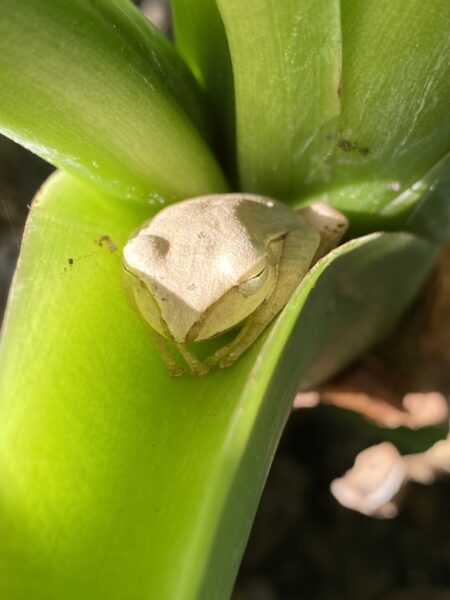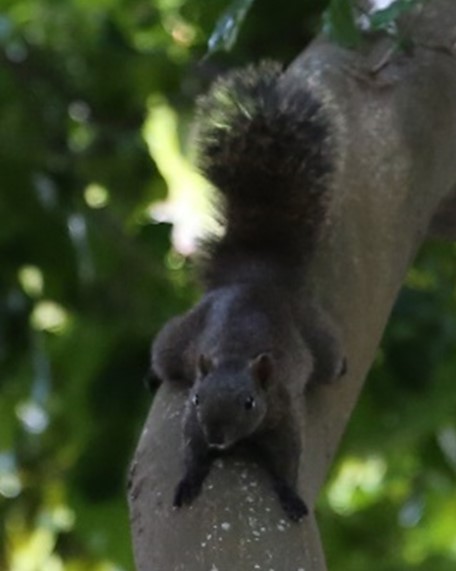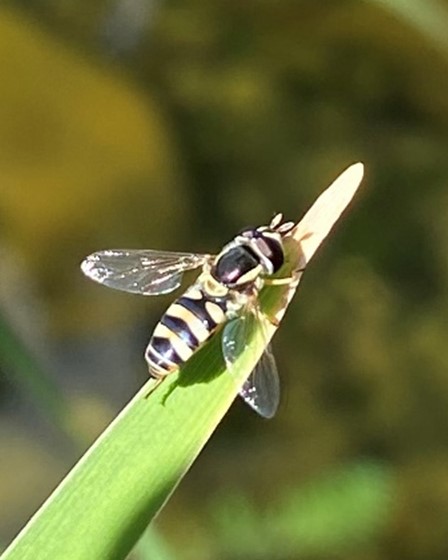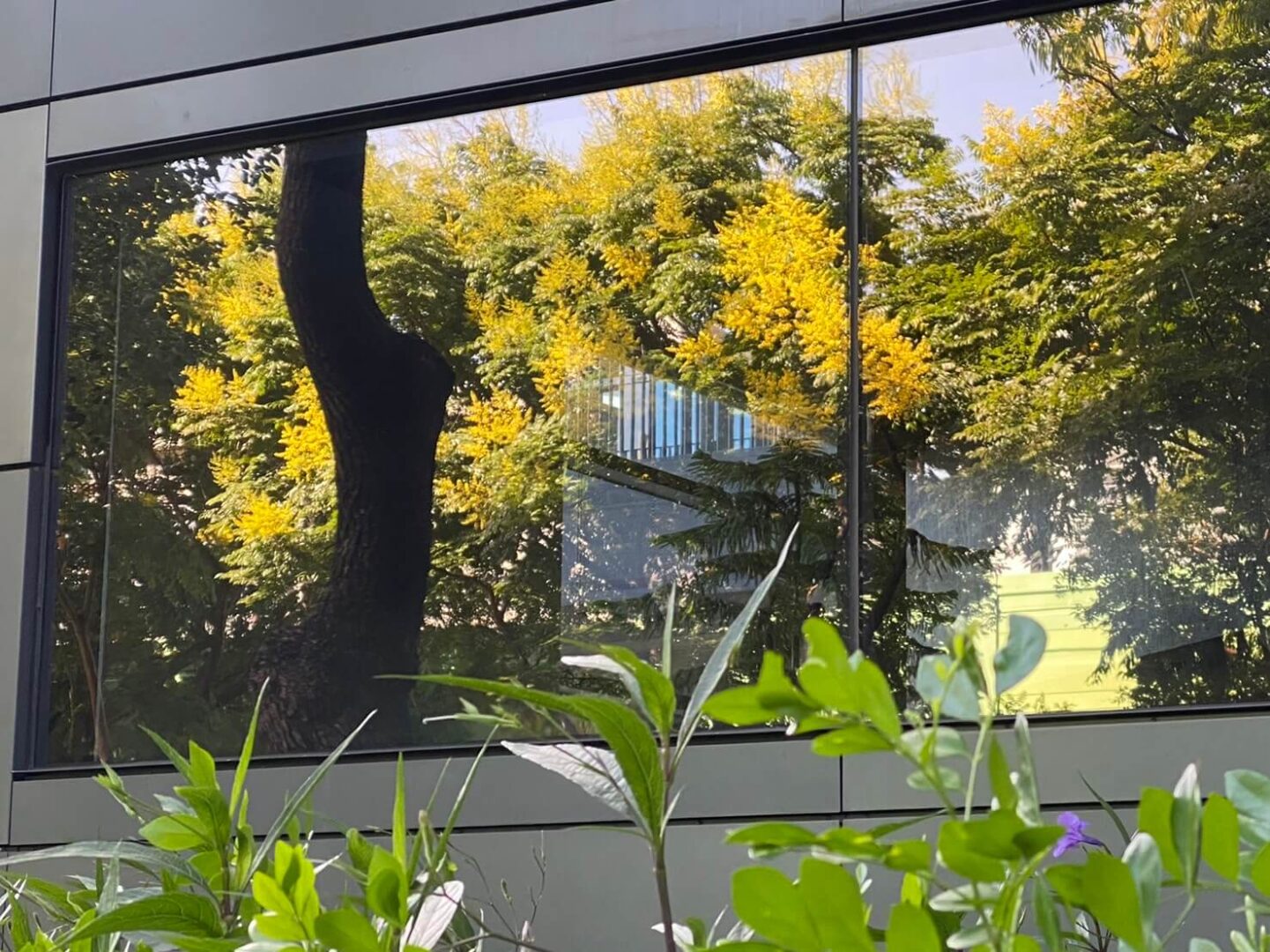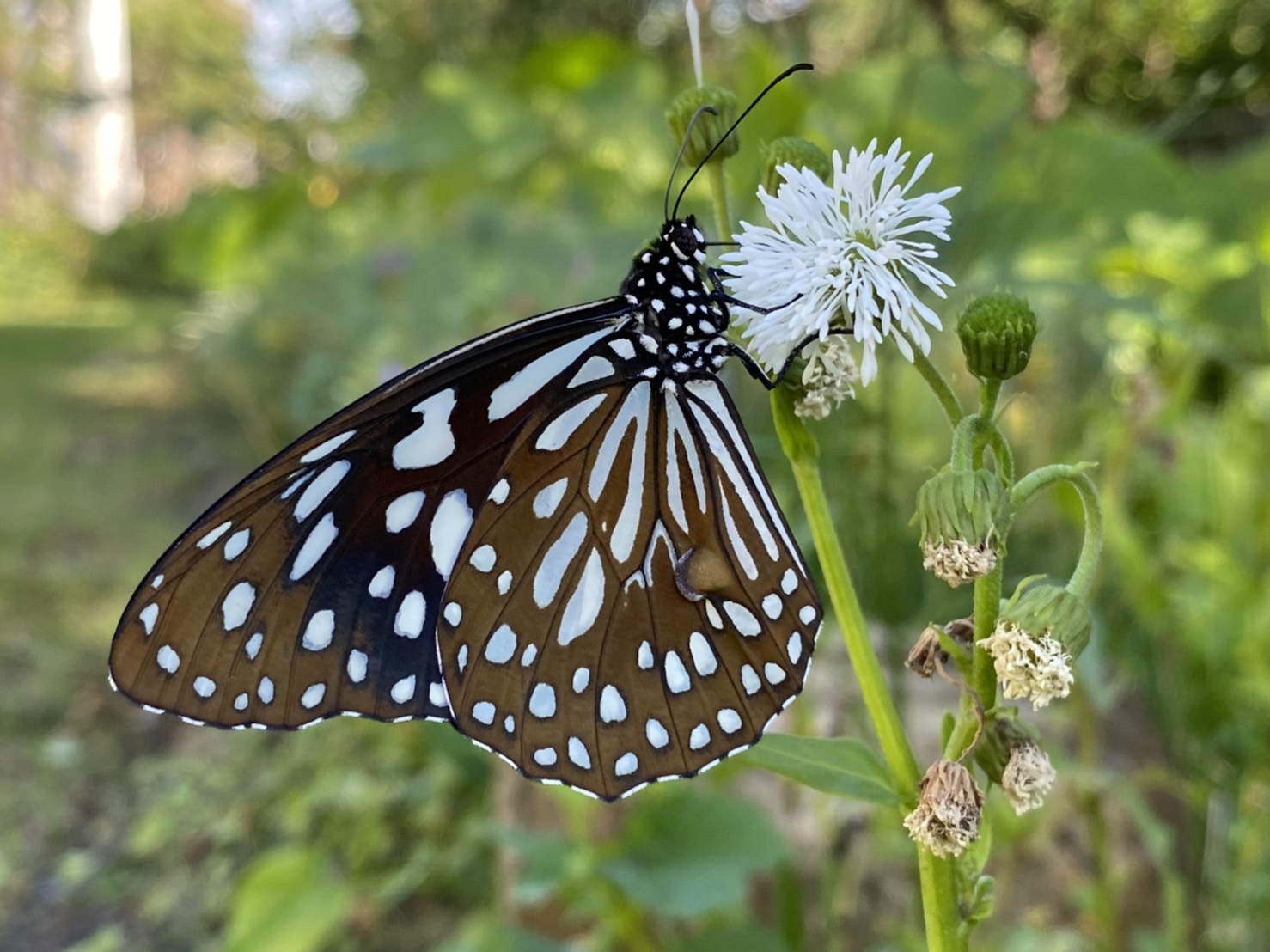How many species call the ZhanYe Garden home?
Most resident butterflies stay around the wet areas on the side of the highway because of the nitrogen-containing food present there. Meanwhile, spotted rustics hover by the willow trees so their larvae can feed on young leaves. Kusukusu eupatorium plants are highly favored by butterflies, especially crows and blue tigers. It is believed that after digesting their nectar, these butterflies will emit pheromones that’ll make them more attractive. Lime swallowtails often come for the water and salt in the soil.
Potter wasps have been here since the plant was built, spawning multiple generations since. Follow their flight path to find their hive. The ferocious black-bellied hornet is actually vegetarian but hunts locusts to provide meat-derived protein for its larvae back in the hive. At dusk and dawn, gray treepies, warbling white-eyes, and crested mynas gather on royal poinciana trees or dip into the stream for a drink and bath. Tiger bitterns will even take this opportunity to prey on sparrows, though their diet mainly consists of earthworms. Taiwan barbets appear in large groups during the spring breeding season, when the camphor trees are full of chirping chicks. In ever increasing numbers, species come to this small paradise to thrive. Various natural world dramas play out day after day.
Since its establishment, over 144 species, including 16 species of birds, 9 species of bees, 15 species of dragonflies, and 38 species of butterflies, have been recorded in ZhanYe Garden.
